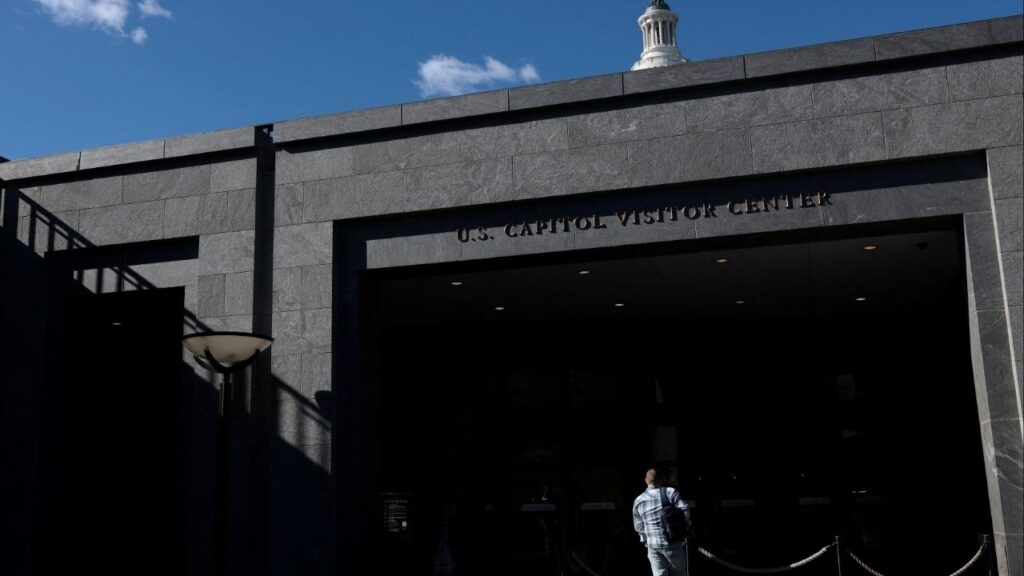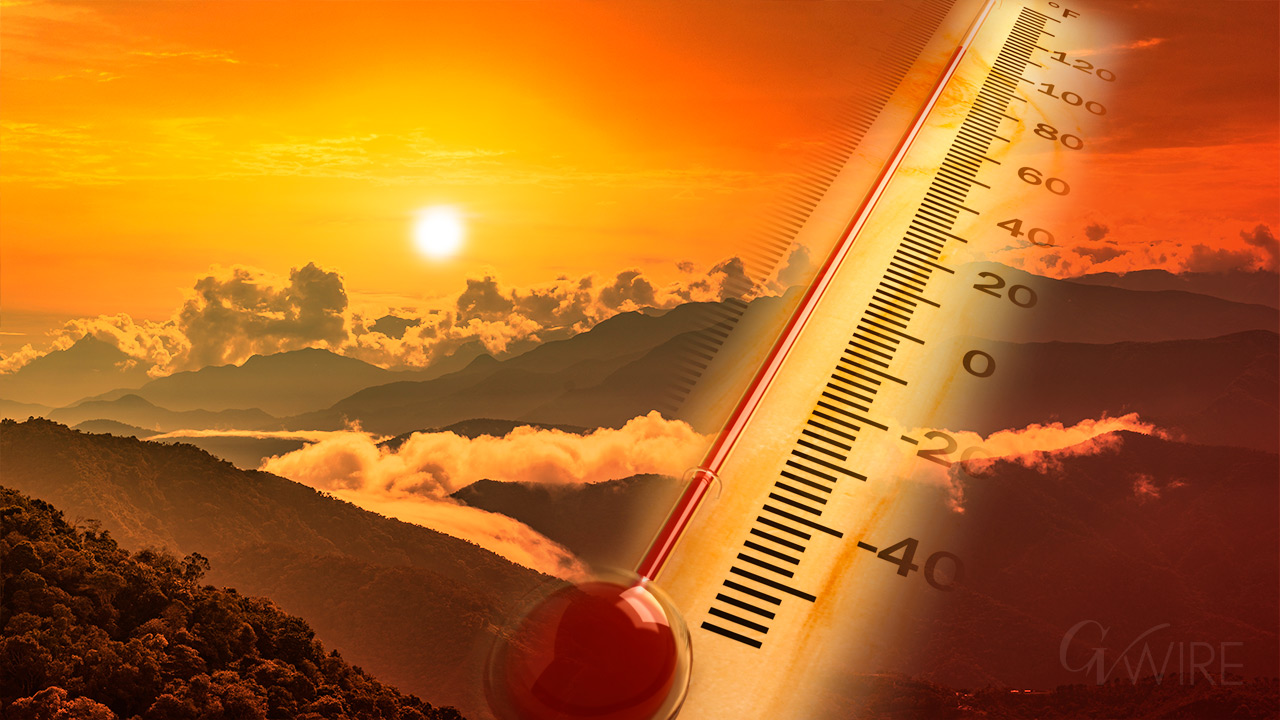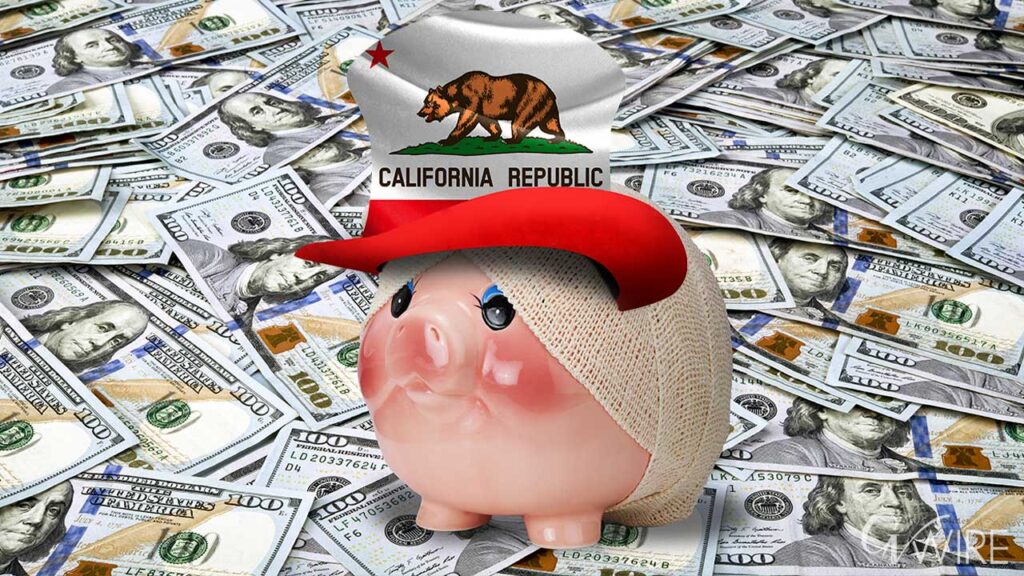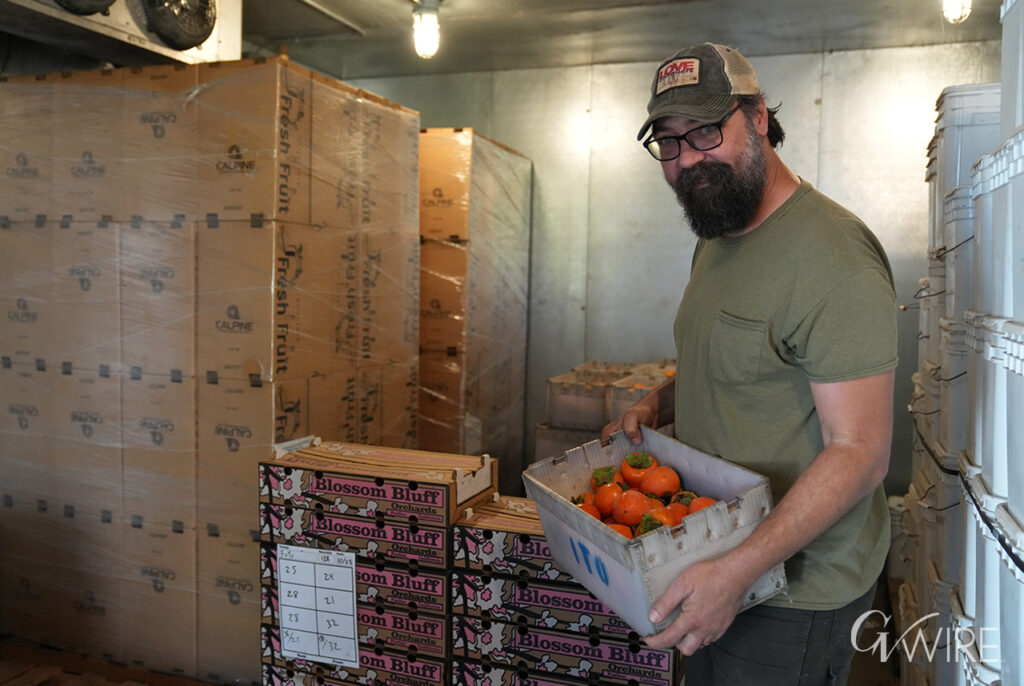Hot, dry temperatures will intensify danger from fireworks on July 4 in Fresno. (GV Wire Composite/Paul Marshall)

- Temperatures in Fresno are climbing back into the triple digits starting Saturday.
- A heat dome centered over the Sierra Nevada is the result of two high-pressure ridges sliding together.
- Fire danger will be particularly high on the Fourth of July.
Share
|
Getting your Trinity Audio player ready...
|
The triple-digit heat that’s returning to Central California starting Saturday will climb to a forecast high of 108 degrees in Fresno on Independence Day, making it even more dangerous than normal to set off fireworks in our tinder-dry region.
It takes only a small spark to become a raging wildfire, as is the case with the Basin fire that was ignited by a campfire in the Kings River region that’s now sending smoke all the way to Utah, National Weather Service meteorologist Victor Proton said Friday.
The heat wave is the result of two high-pressure ridges that are usually parked over the eastern Pacific and Eastern Seaboard sliding together to produce a massive dome of heat that is centered over the Sierra Nevada, causing Central Valley temperatures to soar, Proton said.
The above-average temperatures that began in April have continued in June and are likely to continue through July, he said.
“Once we get stuck in a trend, it can be difficult to get out of it until the fall when we get some stronger cold air that comes off Siberia or Alaska that can actually dig into these high-pressure ranges and knock them down. And that can allow for some at least reasonable temperatures,” Proton said.
The National Weather Service in Hanford is forecasting highs of 100 on Saturday, 99 on Sunday, 101 on Monday, 105 on Tuesday, 109 on Wednesday, and 108 on July 4.
The weather service has issued an excessive heat watch starting at 11 a.m. Tuesday and continuing through 5 a.m. July 6.
And what about that weather app on Apple iPhones that says it will be 120 on July 8? Nope, Proton said. The high on July 6 could range from 109 to 111, he said. A high of 120 is about 5 degrees above Fresno’s all-time high of 115, which is statistically unlikely, he said.
Will Heat Wave Strain the Grid?
The steady onslaught of triple-digit weather puts pressure on California’s energy grid as air-conditioners run nearly nonstop to counter the heat.
“The constant running of air conditioning really can dig into the grid. Yeah. And people should keep that in mind to have some plan in case you do lose power for a period of time with this type of extreme weather,” Proton said.
When temperatures climb past 105, even able-bodied people can be subject to heat illness let along the elderly, babies, and others who are more sensitive to heat extremes, he said.
Vonette Fontaine, spokesperson for the California Independent System Operator that oversees California energy supplies, said Friday that the grid is stable and power supplies are adequate.
CAISO uses social media to provide updates about the grid and power supplies on its Twitter/X @California_ISO, on the CAISO website’s Today’s Outlook, and through the free mobile app at ISO_Today, Fontaine said.
Friday’s forecast demand is 34,417 megawatts, well short of the day’s capacity of 52,627 megawatts. Depending on weather forecasts, CAISO can increase capacity as needed.
RELATED TOPICS:
Categories
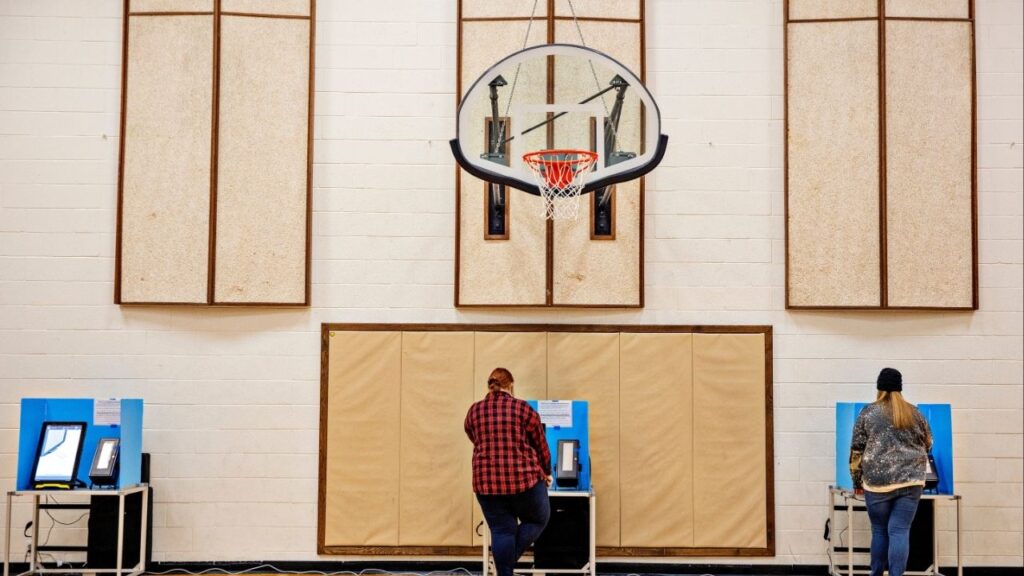
Judge Rejects Utah’s Republican-Drawn Redistricting Map

Trump Says 50-Year Mortgages Would Be No ‘Big Deal’

Bitwise Sparks Industry Scramble With Solana ETF Launch
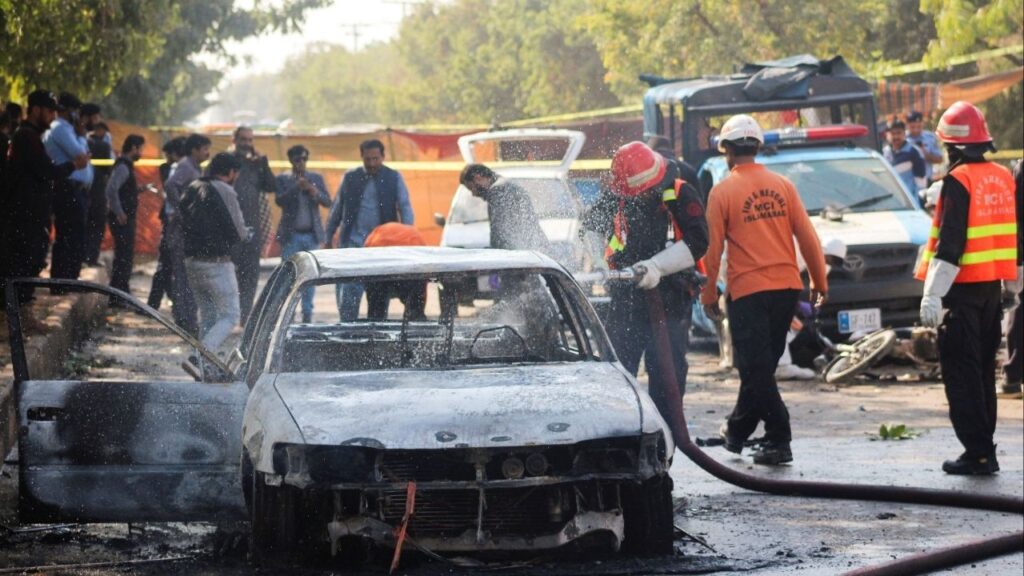
Suicide Bomber Kills 12 Outside Court in Pakistan Capital

Heavy Dose of Wet Weather Expected to Soak California
